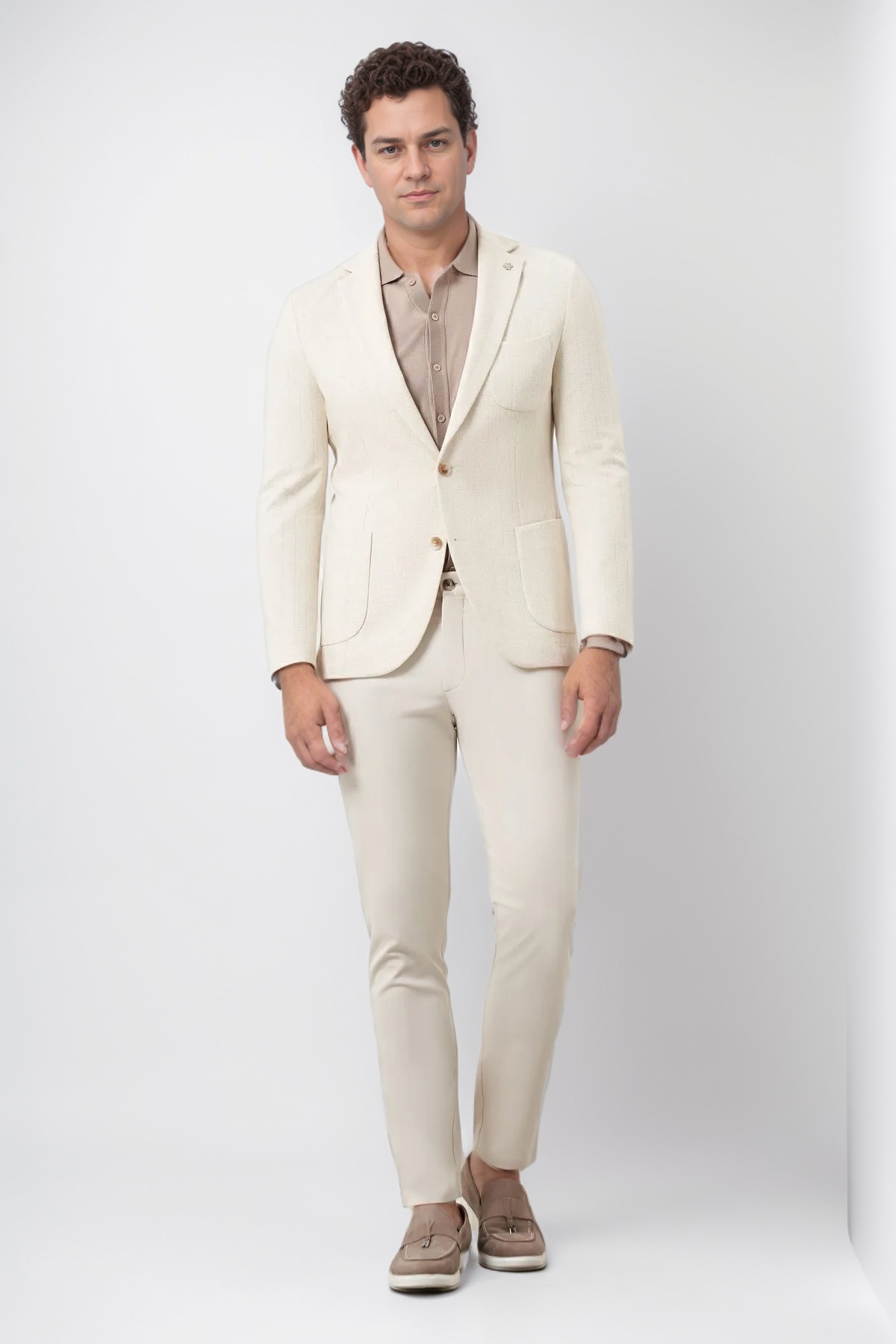
The Elements of a Nice Tailored Men's Suit: Quality and Craftsmanship Explained
When it comes to men's fashion, a tailored suit stands as a pinnacle of style, sophistication, and craftsmanship. A well-tailored suit not only enhances your appearance but also boosts your confidence, making it a crucial investment for any wardrobe. This guide delves into the essential elements of a high-quality tailored men's suit, emphasizing the importance of quality and craftsmanship.
Understanding Tailoring and Its Benefits
What is a Tailored Suit?
A tailored suit is a garment custom-made to fit the specific measurements and preferences of an individual. Unlike off-the-rack suits, which come in standard sizes, a tailored suit ensures a perfect fit and personalized style. The process involves several stages, including fabric selection, pattern making, fitting, and final adjustments.
Benefits of a Tailored Suit
Perfect Fit: Custom-made to fit your body shape and size, offering unparalleled comfort and style.
Enhanced Style: Tailoring allows for personalization, ensuring the suit complements your unique style.
Long-Term Investment: High-quality suits can last many years with proper care, offering better value over time compared to mass-produced alternatives.
Key Elements of a High-Quality Tailored Suit
1. Fabric Quality
The fabric of a suit plays a crucial role in its overall appearance, feel, and durability. Here are some popular fabric choices for tailored suits:
Wool
Characteristics: Versatile, breathable, and durable, wool suits are suitable for various occasions and climates.
Types: Merino wool is soft and fine, while tweed offers a rugged texture.
Cashmere
Characteristics: Known for its softness and warmth, cashmere adds a touch of luxury to any suit.
Considerations: Cashmere suits are generally more expensive and require careful maintenance.
Silk
Characteristics: Silk provides a smooth, shiny finish and is ideal for formal events.
Considerations: It is less durable and may require special care to maintain its appearance.
2. Suit Fit
The fit of a suit is essential for achieving a polished and flattering look. Key areas to focus on include:
Jacket Fit
Shoulders: The jacket should fit snugly at the shoulders without any overhang or bunching.
Chest: There should be a slight gap between the jacket and your chest to allow for movement.
Sleeves: The sleeves should end just above the wrist bone, revealing a bit of shirt cuff.
Pant Fit
Waist: Pants should fit comfortably at your natural waist, without being too tight or too loose.
Length: The pants should just touch the top of your shoes, with a slight break in the fabric.
3. Design and Style
Tailored suits come in various designs and styles. Consider these elements when choosing your suit:
Lapels
Notch Lapels: The most common style, suitable for both business and casual settings.
Peak Lapels: More formal and distinctive, ideal for high-profile events.
Shawl Lapels: Rounded and smooth, perfect for evening wear.
Buttons
Single-Breasted: Classic and versatile, suitable for most occasions.
Double-Breasted: Offers a more formal and structured look.
4. Craftsmanship and Construction
The construction of a tailored suit significantly impacts its quality and longevity. Key aspects to consider include:
Stitching
Hand-Stitched: Offers a finer finish and greater durability, often used for bespoke suits.
Machine-Stitched: Common in made-to-measure suits, offering good quality but less detail.
Interlining
Canvas Interlining: Adds structure and helps maintain the suit's shape over time.
Fusible Interlining: Provides a lighter, more flexible structure.
5. Personalization
Personalizing your suit can enhance its uniqueness and fit:
Monogramming
Options: Add your initials or a custom design to the suit’s lining or cuffs.
Custom Linings
Choices: Select from various colors and patterns to match your personal style.
Care and Maintenance
Proper Storage
Garment Bag: Use a breathable garment bag to protect your suit from dust and damage.
Hangers: Opt for padded or wooden hangers to maintain the suit's shape.
Cleaning and Repairs
Dry Cleaning: Limit dry cleaning to preserve the fabric and fit.
Repairs: Address minor issues promptly to extend the suit’s lifespan.
 Deutsch
Deutsch  Español
Español  Italiano
Italiano  Français
Français  Português
Português  日本語
日本語 




